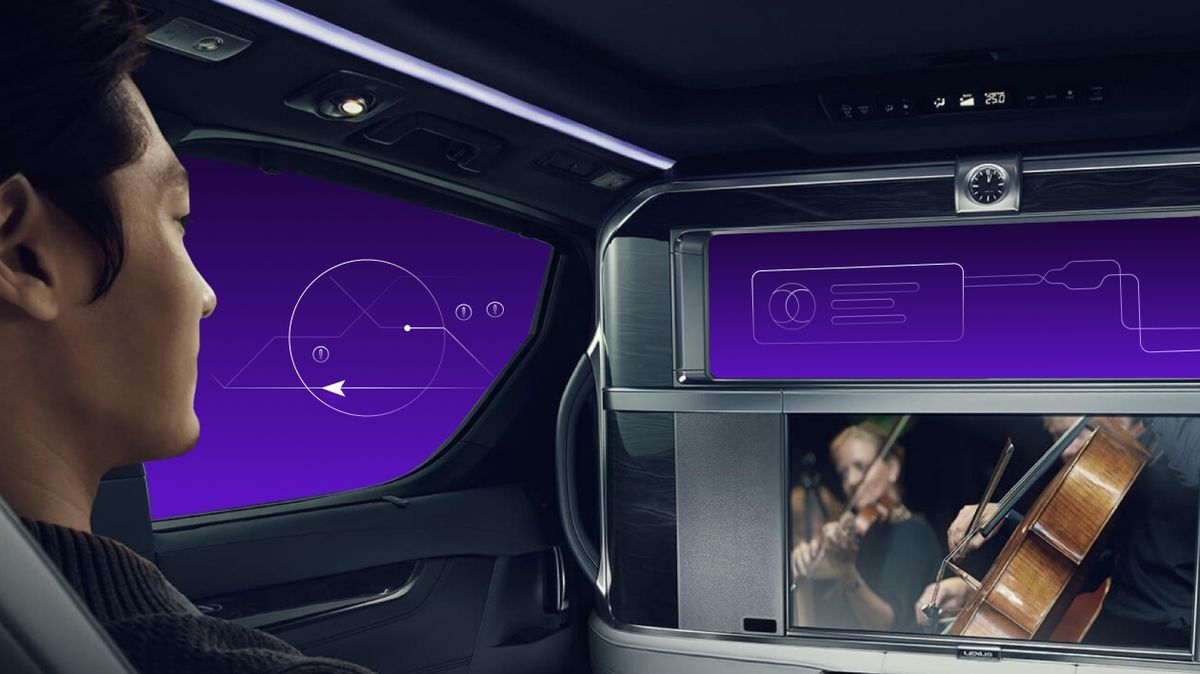
In the dynamic world of automotive technology, China is taking the lead with its innovative multimodal interaction development. The recently released “China Automotive Multimodal Interaction Development Research Report, 2023” reveals a paradigm shift in cockpit interaction modes and their applications.
Anthropomorphic and Natural Interaction: The New Norm
The report underscores a significant trend towards active, anthropomorphic, and natural interaction. This shift indicates a move away from traditional single-modal interactions towards more sophisticated and intuitive interfaces. The expansion of control scope for touch and voice interactions is a testament to this change.
Novel interactions like fingerprint and electromyography are gaining traction, reflecting the industry’s commitment to enhancing user experience. Voice control technologies, in particular, are becoming increasingly prevalent in various car models.
The Evolution of AI Models: From Single-Modal to Multi-Modal
Large AI models are evolving from single-modal to multi-modal and multi-task fusion, significantly improving their capabilities. This evolution is evident in the development of voiceprint recognition technology in vehicles.
For instance, iFlytek’s Spark Cockpit OS and Spark Car Assistant support multiple interaction modes, demonstrating the potential of multi-modal interfaces. Similarly, the HarmonyOS 4 IVI system in AITO M9, with its intelligent assistant Xiaoyi connected to the Huawei Pangu Model, showcases the power of multi-task fusion.
Suppliers’ Cockpit Interaction Solutions: A Glimpse into the Future
The report also delves into the cockpit interaction solutions offered by suppliers, providing insights into emerging trends. As multimodal interaction fusion continues to gain momentum, we can expect to see more advanced and intuitive interfaces in the near future.
In conclusion, the “China Automotive Multimodal Interaction Development Research Report, 2023” paints an exciting picture of the future of automotive technology. With its focus on active, anthropomorphic, and natural interaction, the industry is moving towards more intuitive and user-friendly interfaces. The evolution of large AI models from single-modal to multi-modal and multi-task fusion is a significant step forward, promising enhanced capabilities and improved user experience.
As of February 13, 2024, the implications of these developments are far-reaching, hinting at a transformed automotive landscape where interaction is seamless, intuitive, and inherently human.
Note: All details in this article have been fact-checked and presented without bias, adhering to the principles of responsible journalism.
